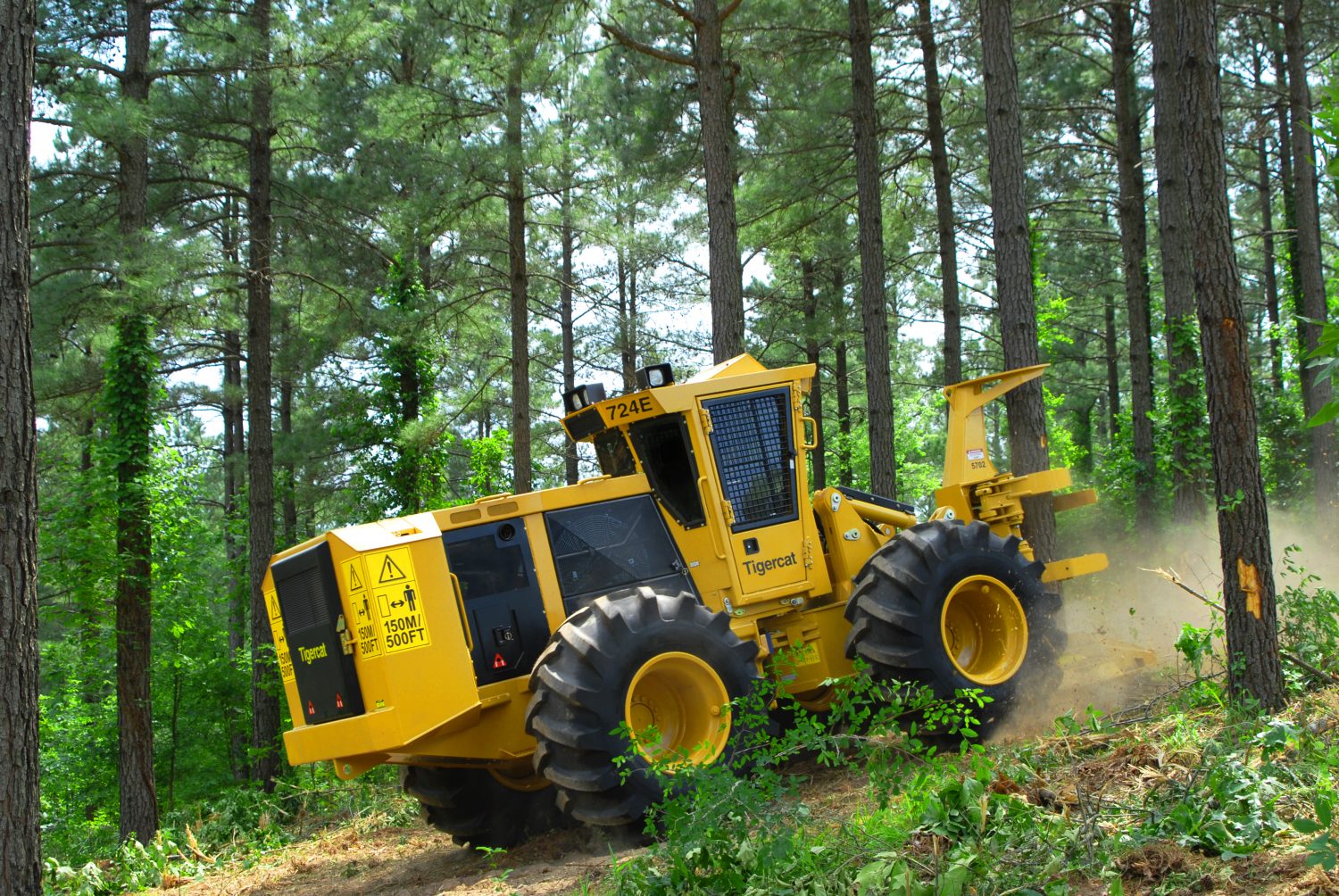
Industry News
News
Harvesting
Top 5 safety practices for forestry equipment operators
March 13, 2020 By Wajax

Servicing and operating forestry equipment can be dangerous, even for the most experienced specialists. Technicians are often working in environments where they are exposed to hazardous conditions in remote locations. These include working in poor weather situations, volatile terrain, uneven working surfaces, heavy equipment hazards, falling debris and even potential contact with wildlife.
Knowing and understanding safety protocols could mean the difference between unwanted accidents and maintaining a healthy and injury free workplace. That’s why having a structured set of processes in place is imperative to operations and sustaining a safe environment.
Wajax EH&S program manager, David Payne, identifies the top five safety practices to ensure you’re staying safe on the job:
1. De-energization – A process to prevent unintentional contact with an energy source, or unintentional activation of equipment. It is imperative that employees working with, and on forestry equipment have been trained on lockout-tagout procedures and have a working knowledge of the equipment’s safety mechanisms and cut-off switches.
2. Identify stored energy – The identification of stored energy is a critical part of the process of de-energization. This involves confirming a zero-energy state is present. A failure to bleed off or isolate an energy source can result in tragic consequences, including loss of life.
3. Maintain points of contact – Climbing on or off equipment can be hazardous, especially so in bad weather conditions where surfaces can be slippery and treacherous and in congested areas. Failure to maintain three points when mounting or dismounting equipment can result in slips, trips and falls that cause injury. For this reason, the requirement to maintain three-points of contact is one of 14 Lifesaving Rules at Wajax.
4. Avoid distracted driving – Examples of distracted driving goes beyond cell phone use. Other distractions include: Cognitive distractions – thinking about something else instead of the task at hand, essentially operating on “auto-pilot”. Visual distractions – letting your eyes linger on something other than the road ahead, such as other people, signs, scenery, etc. Manual distractions – handling something other than the wheel, such as a radio, GPS, or reaching for something that has fallen off the seat. Any type of distraction is dangerous when operating equipment.
5. Apply situational awareness principles – Being aware of what is always going on around you, so you can react quickly before an incident occurs. This involves keeping eyes and mind focused on the task at hand without distractions at all times.
While these guiding principles enforce best-practice safety protocols, another important way to stay secure on the ground is by bringing in machinery with built-in safety systems and providing the right training.
Forestry equipment has significantly evolved over the years, and machines with built-in safety systems are highly sought after. For example, Tigercat Forestry has equipment designed to include hazard-reducing features such as LED lighting to aid in night operations, large cab and windows with forward placement for visibility, and a unique fire-suppression system called Fogmaker. The Fogmaker is a water-based, environmentally-friendly, nontoxic system that quickly quenches an equipment fire and continues dispersing a water-mist long after a fire has been extinguished until a safe surface temperature has been reached. This is an improved safety feature that protects an operator from burn injuries.
While safety innovations play an important role, relying on machines isn’t enough. Training is an imperative part of improving safety. “At Wajax, we place a large emphasis on training,” says Payne. In 2017, Wajax introduced the Technician Safety Excellence program which provides technicians with the highest level of training and support. “Part of this training is how to complete a thorough Pre-Work Hazard Assessment. This assessment prompts technicians and working personnel to think critically about their working environment and identify hazards and controls.” By scanning and being aware of potential sources of danger, operators can plan their work accordingly and minimize the potential of injury inducing activities.
Together with implementing best practices, utilizing the latest innovations in machinery and structured training, improving overall safety performance and injury reduction in the forestry sector will be more achievable.
Print this page